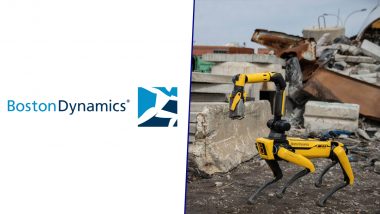Adding magnetic particles to surgical cement can now heal spinal fractures. Patients with spinal fractures caused by tumors or osteoporosis usually undergo a procedure called kyphoplasty, where the fracture is filled with surgical cement.
While kyphoplasty does stabilize the bone but when it comes to cancer patients, they are left with spinal column tumors that are very hard to reach with conventional chemotherapy, since the blood-brain barrier has to be crossed when delivered intravenously.
In a recent study, it was confirmed that by adding magnetic particles to surgical cement used to heal spinal fractures, could guide magnetic nanoparticles directly to lesions near the fractures.
Nanoparticles bound to various drugs have been used to target drugs to specific locations or types of cells in the body. Most commonly, this is achieved by binding a minute amount of drug to the nanoparticle, which is designed to also bind to a specific type of cell, such as a cancer cell.
"By modifying the kyphoplasty bone cement, we can both stabilize the spinal column and provide a targeted drug delivery system. This is a very promising technology as it has the potential to become a surgical option for patients with primary spinal column tumors or tumors that metastasize to the spinal column," said a lead researcher, Steven Denyer.
Using a pig model to study the magnetically-guided drug delivery system, scientists were successfully able to steer magnetic nanoparticles to the magnetic cement in the animal's spinal vertebrae.
In future studies, to test the effectiveness of this technique on treating spinal column tumors, the magnetic nanoparticles would be bound to tiny amounts of chemotherapy drugs.
"Our study provides an in vivo proof-of-concept that this novel drug delivery system can help treat underlying causes of spinal fractures in addition to providing structural support," a research student, Abhiraj Bhimani added.
The study appears in PLOS ONE journal. (ANI)













 Quickly
Quickly





















